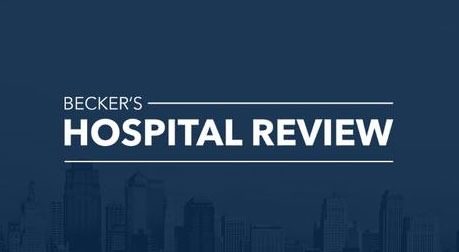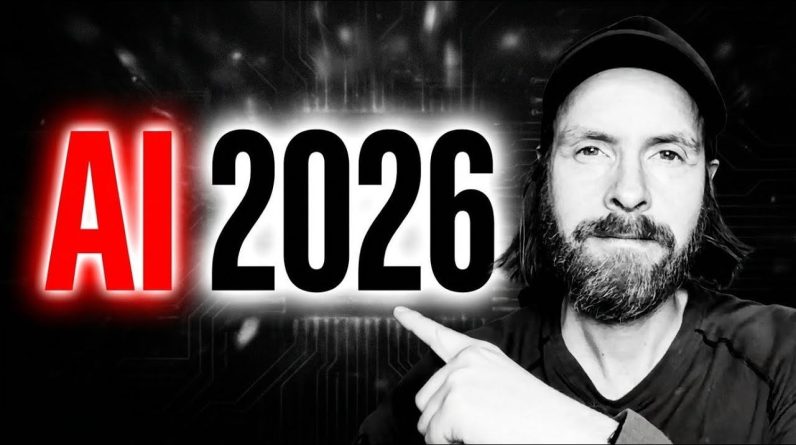
AI is no longer an abstract concept for healthcare; it’s delivering measurable operational and clinical gains. But to capture value without leaving staff behind, leaders must take a deliberate, systemwide approach.
During a recent discussion hosted by Becker’s Healthcare and Healthlink Advisors, Patrick Woodard, MD, CIO of Monument Health in Rapid City, S.D., and Lindsey Jarrell, MS, founder and CEO of Healthlink Advisors, explored how health systems can move AI from pilot projects to practical, sustainable tools.
Here are four key takeaways from the discussion:
1. Tailored oversight matters
AI in healthcare spans everything from sepsis detection algorithms to automated denial letter generation. Some systems require strict guardrails, while others benefit from continuous learning.
Mr. Jarrell stressed the need to “bucket” tools by use case and align governance to each. Dr. Woodard added that leaders, not just IT teams, should understand how tools work to ensure timely adoption of improvements and avoid performance declines.
“I want an AI tool that’s smart enough to recognize how payers are changing their behavior patterns and recognizing new denials and thinking through what I may need to investigate to make that process more efficient, Dr. Woodard said. “I think that’s part of the complexity with AI. One size does not fit all.”
2. From Job disruption to job evolution
Dr. Woodard highlighted that roles such as telephone operators, interpreters and some revenue cycle functions face higher automation potential, while hands-on clinical jobs remain less susceptible in the near term.
Both Mr. Jarrell and Dr. Woodard emphasized the need to focus on empathy and proactive re-skilling. They also cautioned against creating a future without entry-level roles, which could erode the leadership pipeline.
“It’s not about how much labor can I wipe out, it’s how will this progression of technology impact certain categories of labor,” Mr. Jarrell said. “Because if we are not mindful of that in terms of leadership, we’re going to create a huge skills gap that’s really going to manifest itself in the next 10 to 15 years.”
3. The right partnership
As vendors embed AI into core products, leaders should expect and negotiate for cost reductions tied to efficiency gains. This is especially relevant in outsourcing agreements.
“Be very careful about signing contracts longer than three years right now,” Mr. Jarrell advised. “You need the options to incentivize your outside vendor to drive your cost down in that contract. With the advent of AI and agentic AI, we should absolutely see their costs go down and therefore your costs go down.”
4. Being proactive & ‘trying it’
Doing nothing may feel safe amid tight margins, but it can mean losing ground to faster-moving competitors. Low-cost steps, such as introducing approved generative AI tools for administrative tasks, can free up capacity and accelerate projects.
Dr. Woodard encouraged leaders to “try it,” citing a nurse staffing backlog solved by a self-initiated automation script as an example. Education is equally important: boards, executives and department heads need AI fluency to integrate it meaningfully into strategy. Leaders who blend experimentation with empathy and who understand both the opportunities and limits of AI will be best positioned to convert hype into sustained operational and clinical improvements.
“It’s no longer a really niche area that requires specialty software,” Mr. Jarrell said. “Be an evangelist, a champion in terms of getting people to talk about this. And remember, let’s be thoughtful and not just champion job elimination but re-skilling and how these jobs shift over time.”







